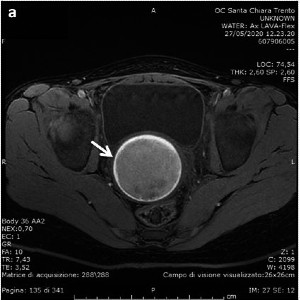Videogame playing as distraction technique in course of venipuncture
Submitted: 18 November 2014
Accepted: 18 November 2014
Published: 30 April 2012
Accepted: 18 November 2014
Abstract Views: 2314
PDF: 1967
Publisher's note
All claims expressed in this article are solely those of the authors and do not necessarily represent those of their affiliated organizations, or those of the publisher, the editors and the reviewers. Any product that may be evaluated in this article or claim that may be made by its manufacturer is not guaranteed or endorsed by the publisher.
All claims expressed in this article are solely those of the authors and do not necessarily represent those of their affiliated organizations, or those of the publisher, the editors and the reviewers. Any product that may be evaluated in this article or claim that may be made by its manufacturer is not guaranteed or endorsed by the publisher.
Minute, M., Badina, L., Cont, G., Montico, M., Ronfani, L., & Barbi, E. (2012). Videogame playing as distraction technique in course of venipuncture. La Pediatria Medica E Chirurgica, 34(2). https://doi.org/10.4081/pmc.2012.64
PAGEPress has chosen to apply the Creative Commons Attribution NonCommercial 4.0 International License (CC BY-NC 4.0) to all manuscripts to be published.


 https://doi.org/10.4081/pmc.2012.64
https://doi.org/10.4081/pmc.2012.64






